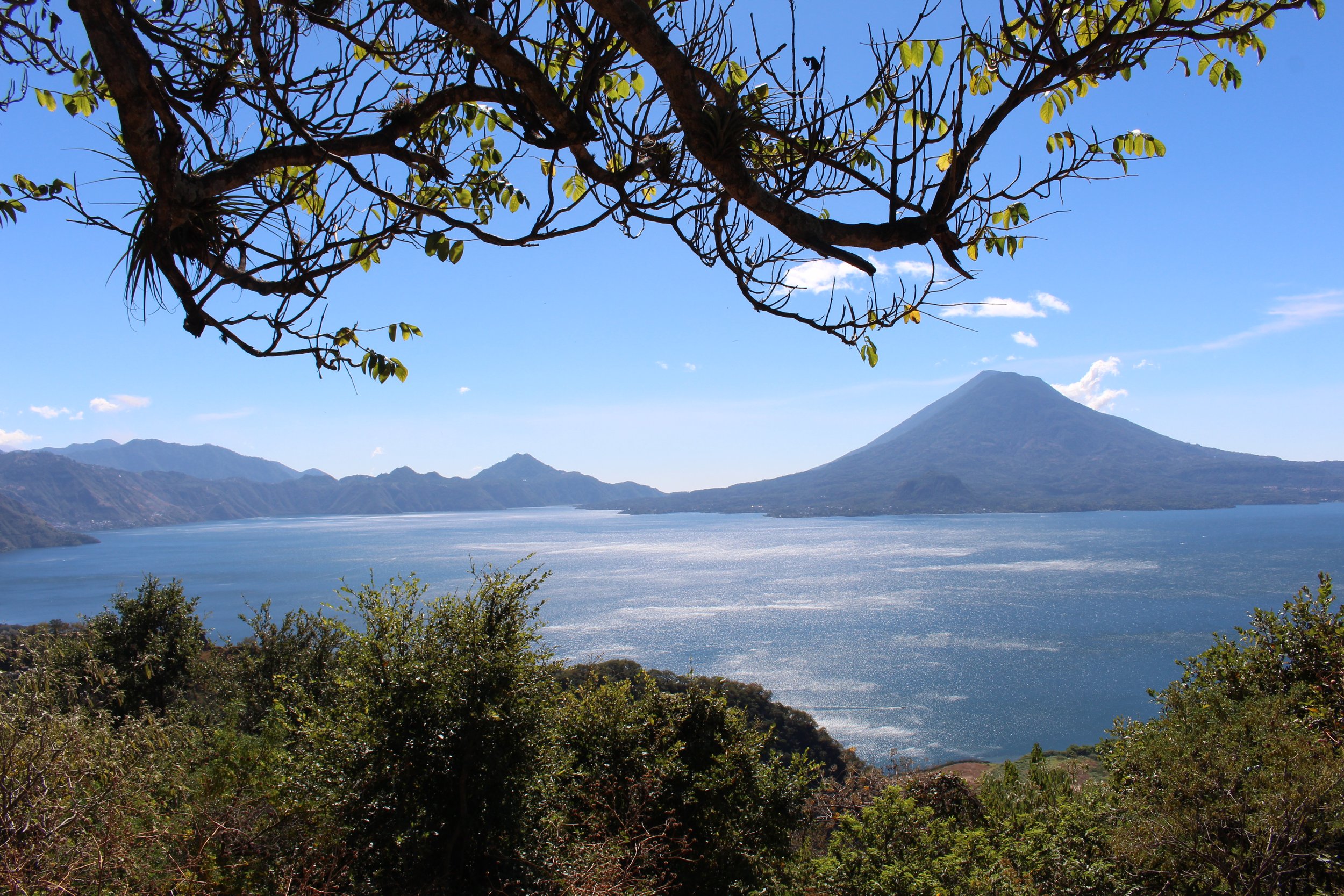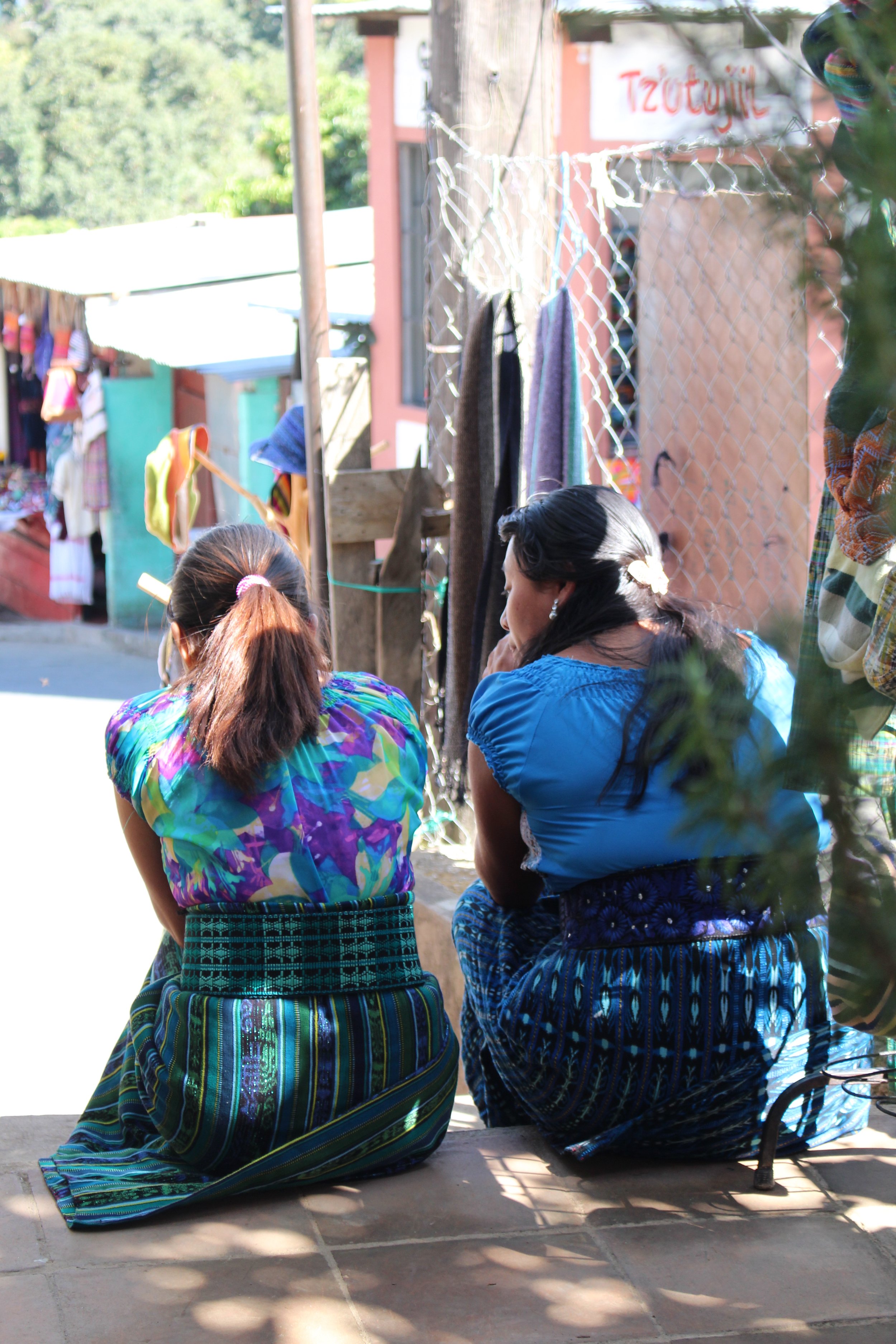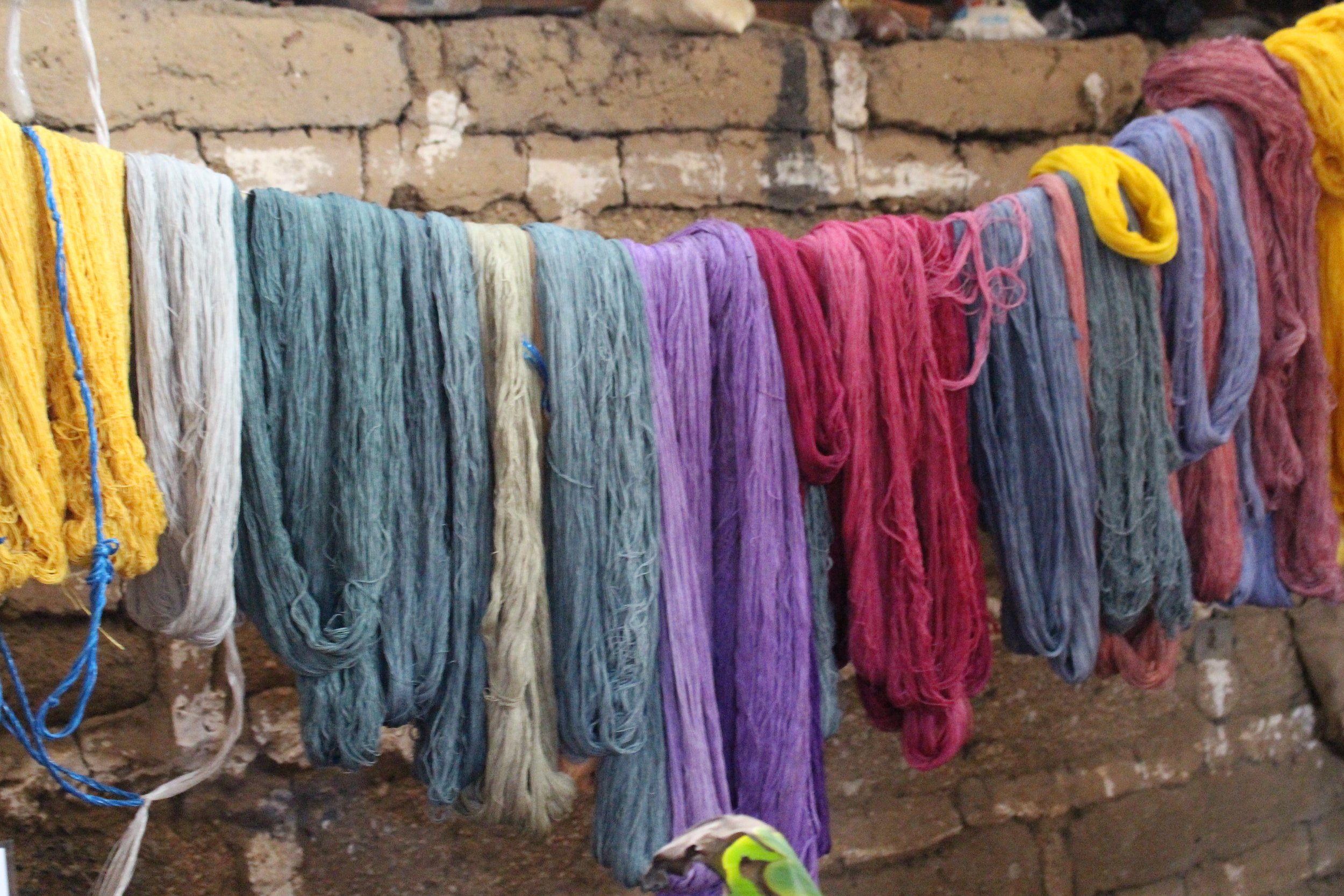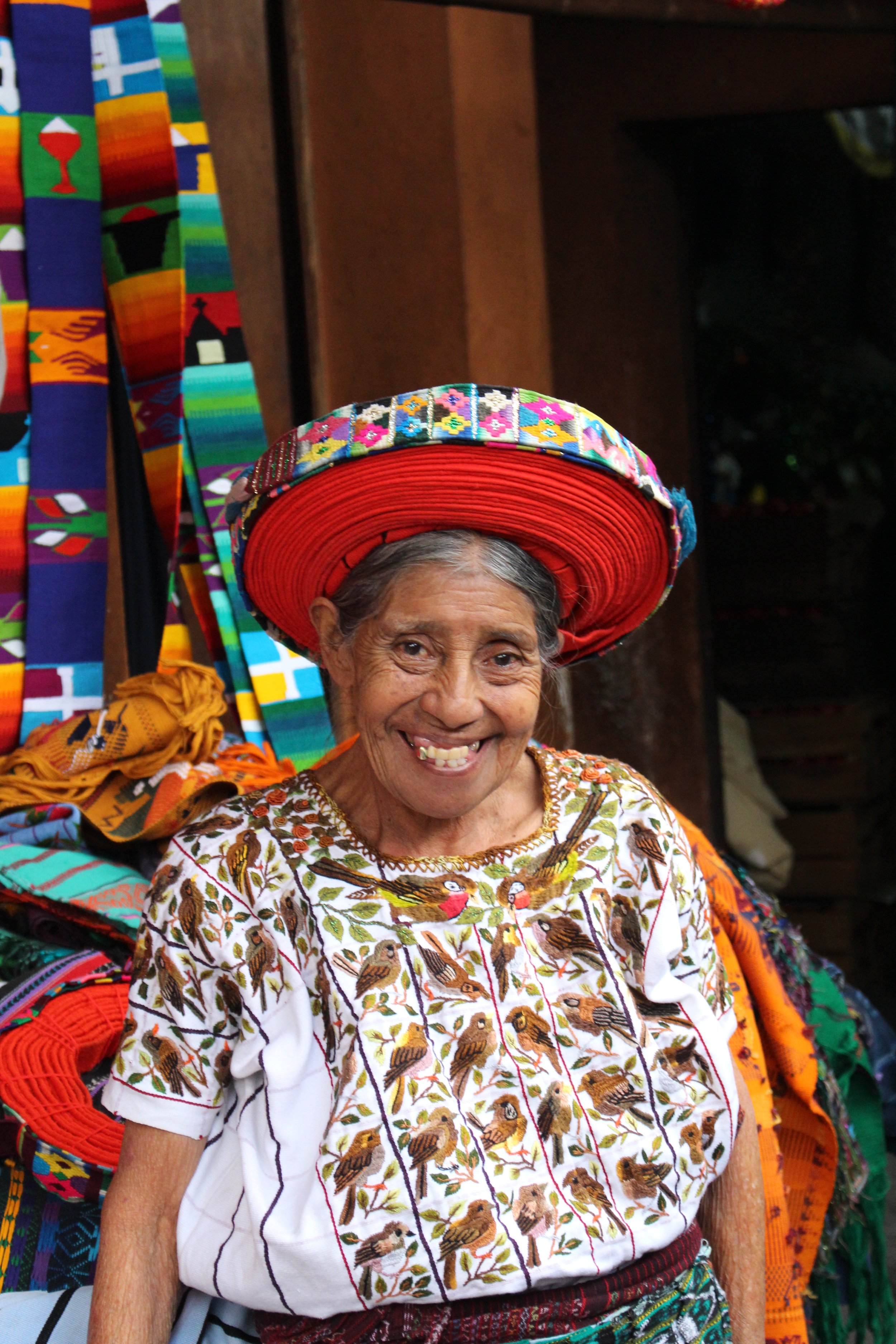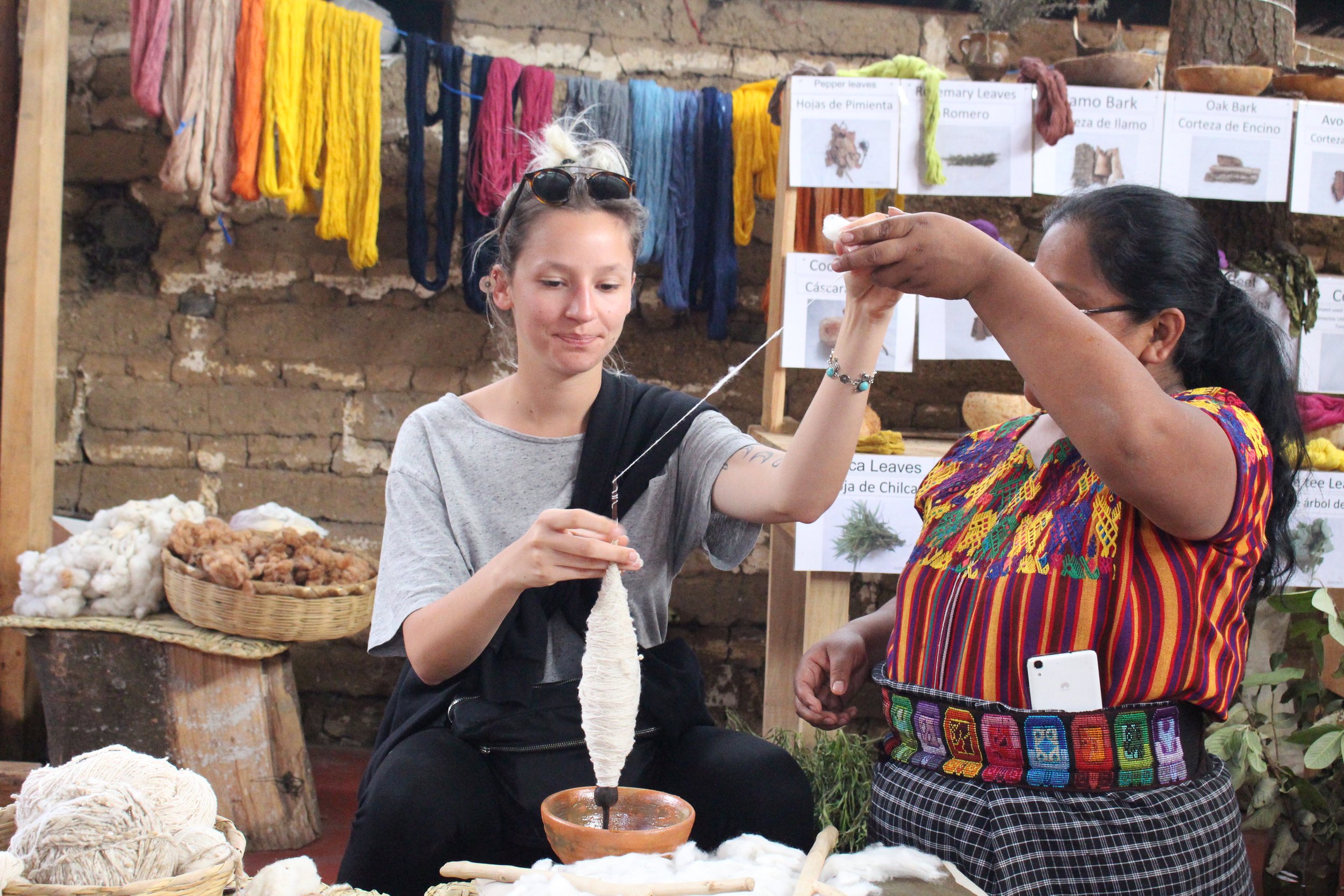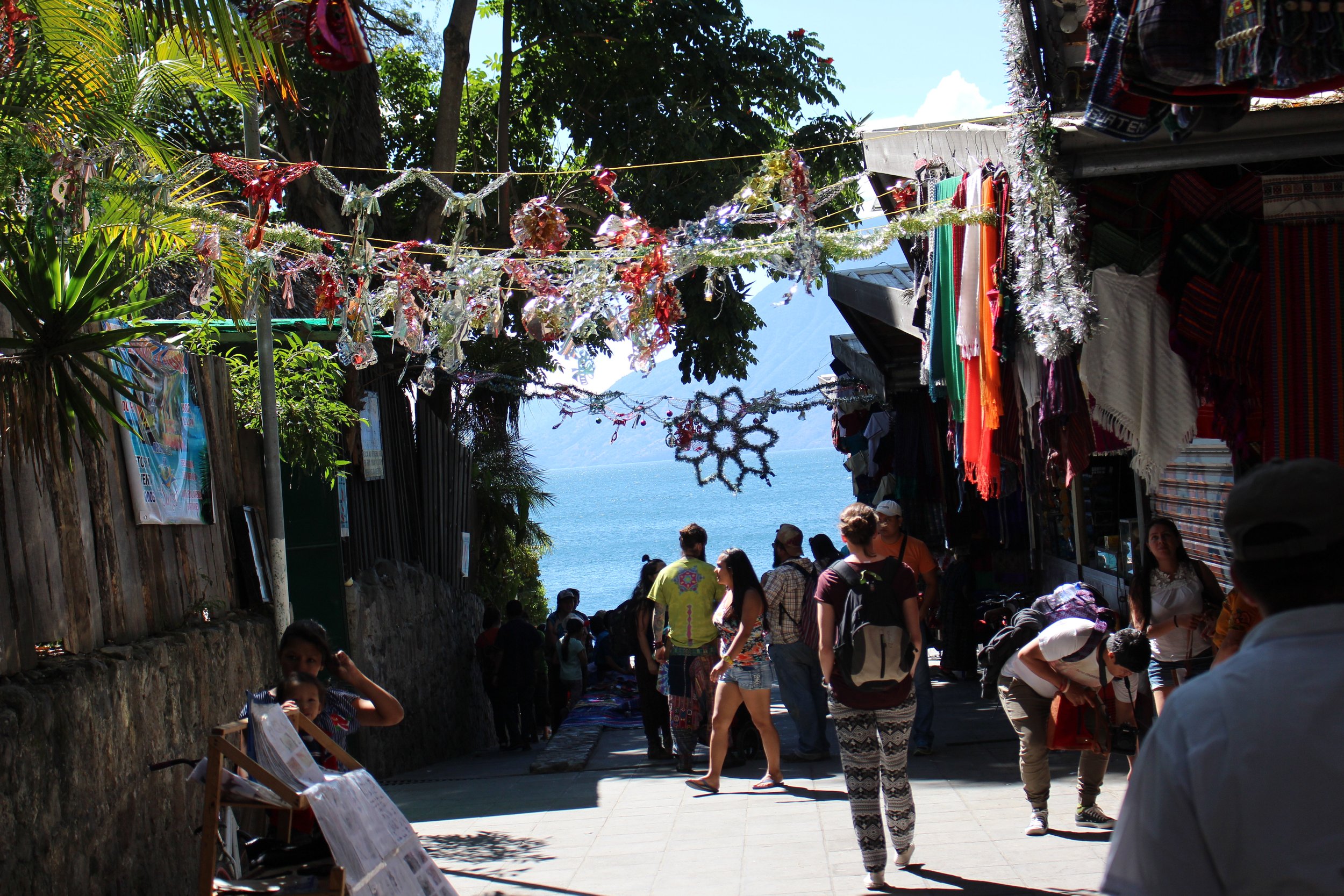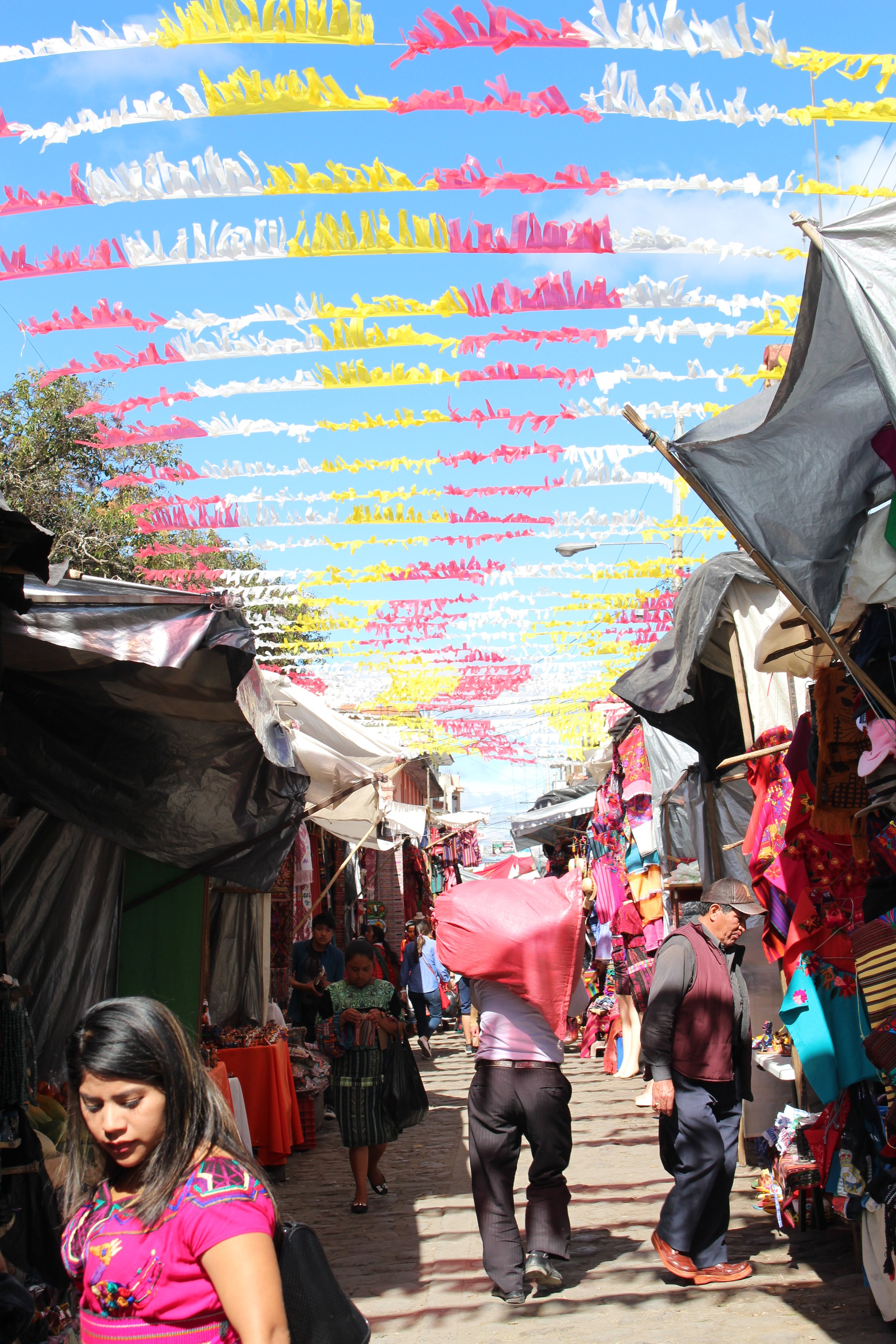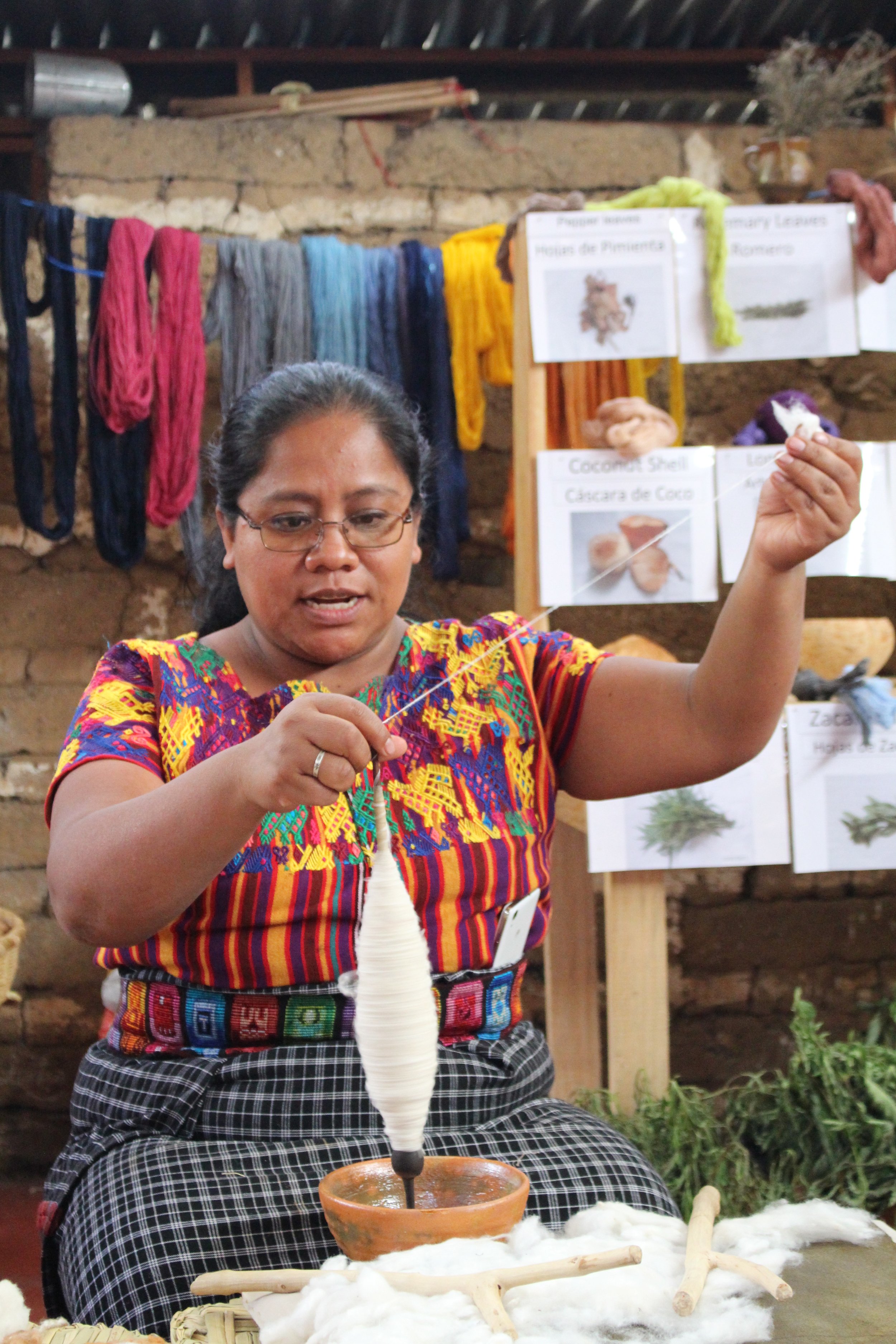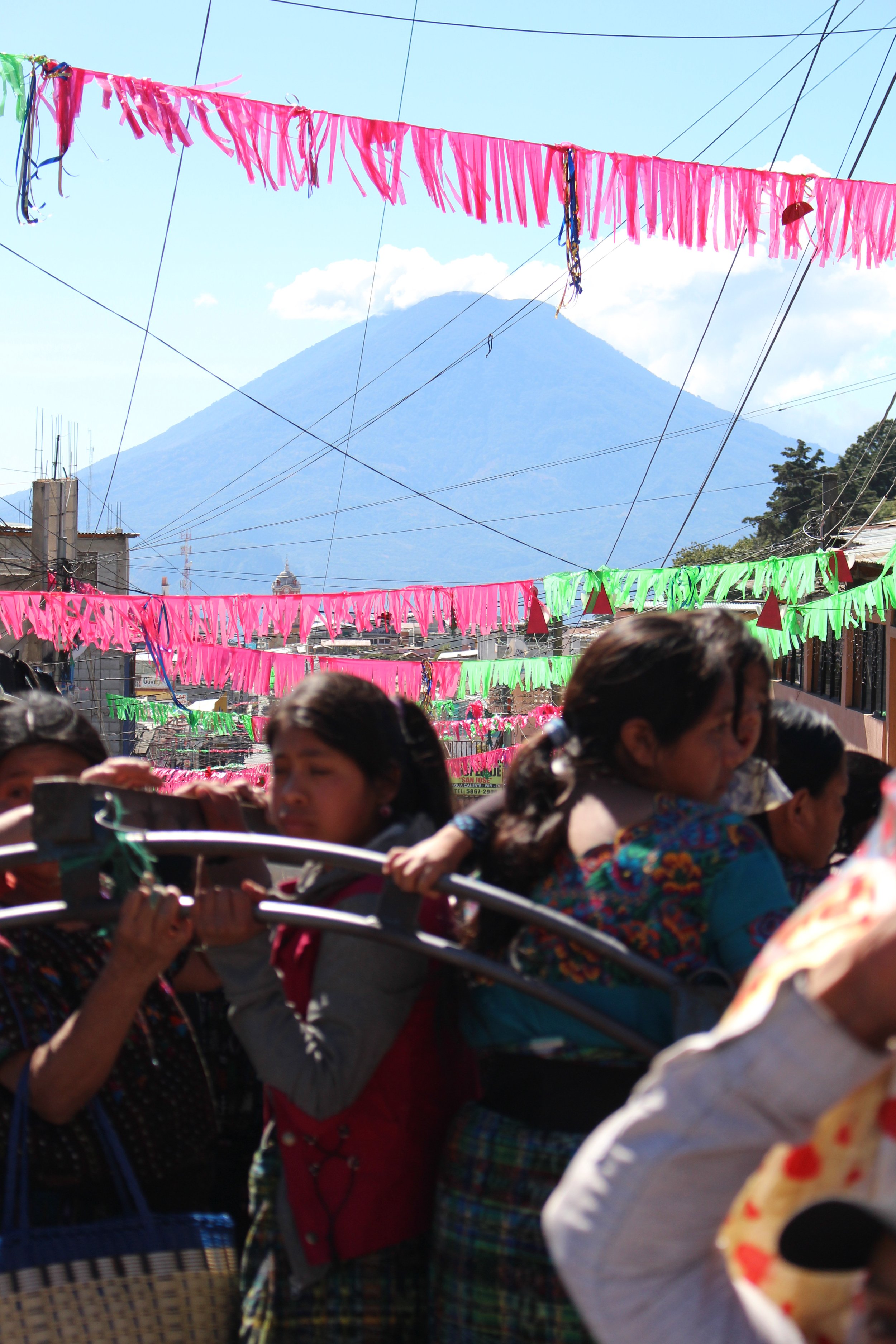Lake Atitlan and its villages
During my trip in Guatemala, in December 2017, I got the chance to stay in Santa Catarina Polopò, a municipality in the Sololá department of Guatemala located on the shores of Lake Atitlán (meaning “between the waters”). It is renowned as one of the most beautiful lakes in the world, and is Guatemala’s most important national and international tourist attraction.
Three spectacular volcanoes, Tolimán, Atitlán and San Pedro, form the natural frame of the Iago. It has an area of 125 square kilometers and is located at 1.560 meters above sea level.
On the first day, once I dropped our luggage in the charming yellow hotel Villa Santa Catarina, I joined my guide on a little boat voguing towards San Juan La Laguna, a municipality on the southern shore of the lake. Traditionally, agriculture has been the biggest sector of the economy in the region, but the increasing number of tourists has rapidly enhanced the importance of the service industry to the locals.
Because of the wind, the lake can be choppy, if you’re sea sick make sure to look at the horizon and/or take the necessary medicine.
San Juan is known to be the artistic village. Indeed, you can find tons of art galleries, small craftsman shops and typical clothing boutiques as well as cotton and wool ateliers to learn how to weave and understand their techniques which have been passed down the generations.
In this area of Guatemala, wherever you are, you’ll see amazing fabrics and clothing with vibrant colours. If you’re like me, you might want to buy a lot of souvenirs. Be very careful during this process: don’t forget to haggle and don’t always trust what they say. Guatemalan people are indeed friendly and welcoming, but those populations around this area are also poor and tourism is one of their main activity. Therefor they might exaggerate to justify the price.
We paused our perambulation in a nice little coffee place El Gato Perdido (The lost cat) serving casual food and sandwiches in a cozy ambiance.
After that relaxing break I was welcomed by Ermina in her weaving atelier where she explained me how to weave cotton and how to colour the threads. She’s the manager of an association called Textiles de Algodon with which everything you buy there is 100% handmade and goes to those 35 weavers in order to create employment for indigenous women.
We then went back on the boat to go to visit Santiago Atitlàn, the largest of the lake communities, with a strong indigenous identity. Women wear purple-striped skirts and huipiles embroidered with colored birds and flowers, while older men still wear lavender or maroon striped embroidered pants. You have to be aware that each of the Lake Atitlàn community has a indigenous dress code translated into different colors or embroidered animals.
We took there a ‘tuk tuk’ to go to visit the church and the very animated streets.
To be honest I found this village more touristy and less charming than the previous one as well as very crowded.
A few days later I went to visit Panajachel, the busiest and most built-up lakeside town located on the Northeast shore of Lake Atitlán, and which has become a center for the tourist trade of the area as it provides a base for visitors crossing the lake to visit other towns and villages.
Panajachel is extremely busy, touristy and noisy, but its setting made me forget all of that. Its proximity to the lake, its beautiful sunset and craftsmanship gave it a unique appeal.


